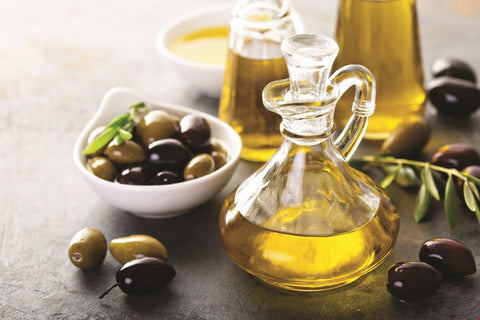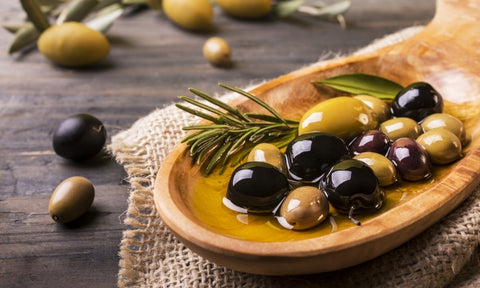Turkey is one of the largest olive oil producing countries in the world (the fourth to be exact), a fact that many people are unaware of. Despite being less well-known in the United States and Europe than Italy, Greece, or Spain, Turkey has a long history of producing exceptional quality olive oil - over 6,000 years of history! Below we will explore what makes Turkey one of the most intriguing olive oil producers for over a millenia.
Why is Olive Oil in Turkey Unique?

One of the reasons Turkish olive oil is unique is the variety of Turkish olives grown in the country. Sitting between Europe and Asia, Turkey has an exclusive climate that allows it to grow many different kinds of olives, or Zeytin, which means olive in Turkish. Each varietal has its own particular flavor, aroma, and texture that makes it perfect for different types of cooking and seasoning. Varietals are a type of olive that are used to make the oil; they are all different in terms of taste and texture.
How Olive Oil is Made

The olive oil process starts with olives that are picked and sorted, and then crushed to extract the oil. The oil is then separated from the pulp by pressing or centrifuging, and sometimes filtered to remove any impurities. The best Turkish olive oil is made with early-harvest olives and is cold-pressed to preserve the natural oils and flavors.
The Different Types of Turkish Olives

There are many different types of olives that make up Turkish olive oil, each with its own unique characteristics:
Ayvalik is a cultivar that is considered one of the most premium in Turkey. It comes from the coastal town that bears the same name and is known throughout the country for producing high-quality olive oil.
Trilye olives are a type of black olive that is grown in the coastal region of the Aegean Sea, primarily in Turkey. They are known for their rich, smoky flavor and are often enjoyed as a table olive or used to produce olive oil.
Gemlik, a type of Turkish black olives, is mainly grown in the northern parts of the country and have a high content of oil in them. They are highly popular as breakfast olives for Turkish mezes.
Memecik olives are mainly grown in the western Aegean side of Turkey. They are light green with a distinct olive taste, making them also a popular breakfast olive.
Domat olives also grow along the Aegean Coast and are considered the standard green table olives. They are large and have a lot of flesh, which makes them ideal for stuffing with garlic, cheese, or peppers.
Arbequina originated in Spain but is commonly grown in Turkey. It is a small, round olive variety that is highly prized for its delicate, buttery flavor and is commonly used to produce high-quality olive oil.
Turkey's long history of olive oil production and its diverse range of olives make it a unique and important player in the global olive oil industry. Its geographical location provides the perfect climate for growing a variety of olives, each with its own distinctive flavor and texture. Turkish olive oil made with early-harvest olives and cold-pressed techniques preserves the natural oils and flavors, resulting in a high-quality product. As the fourth largest producer of olive oil in the world, Turkey's contribution to the industry cannot be overlooked!


